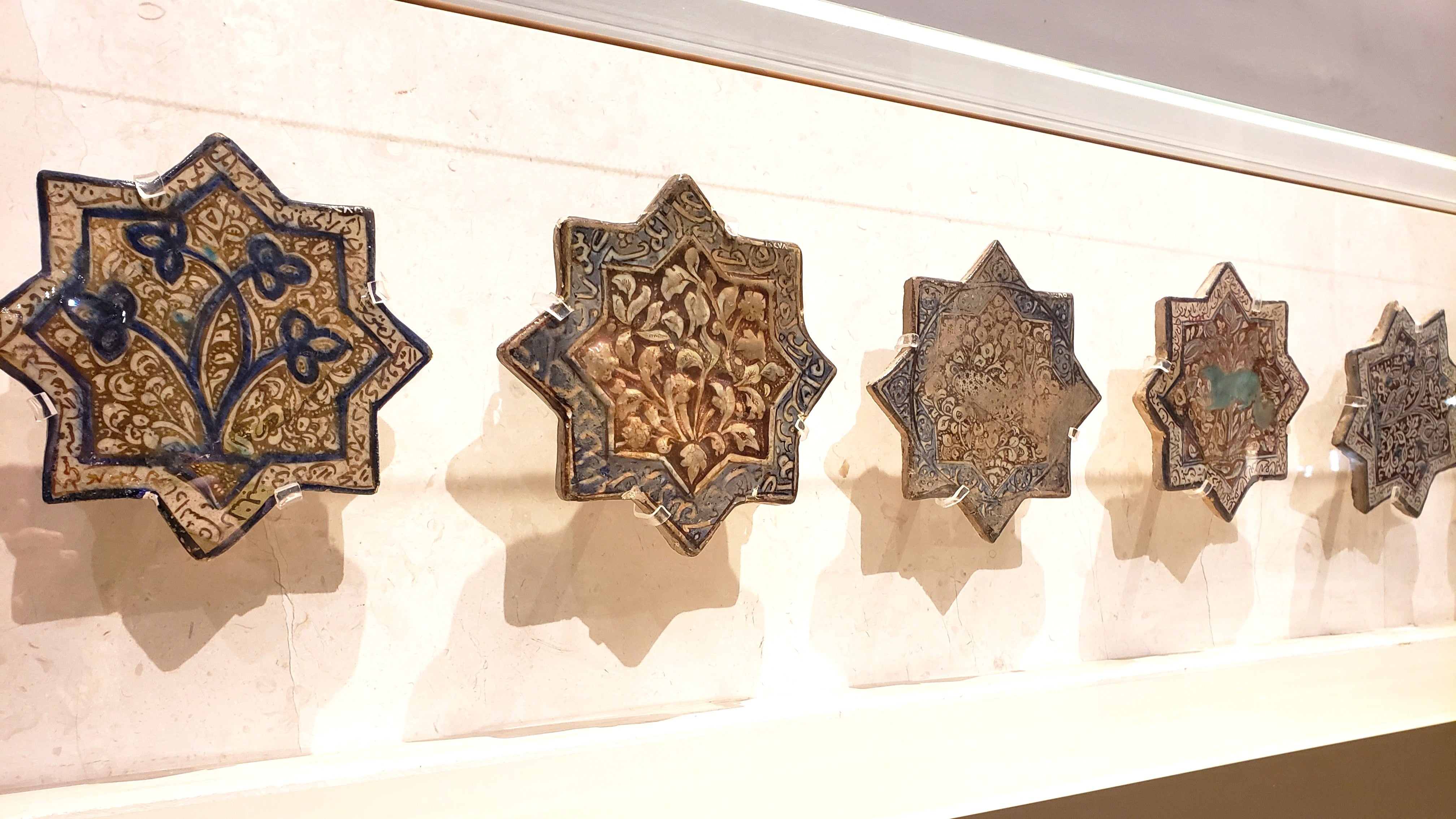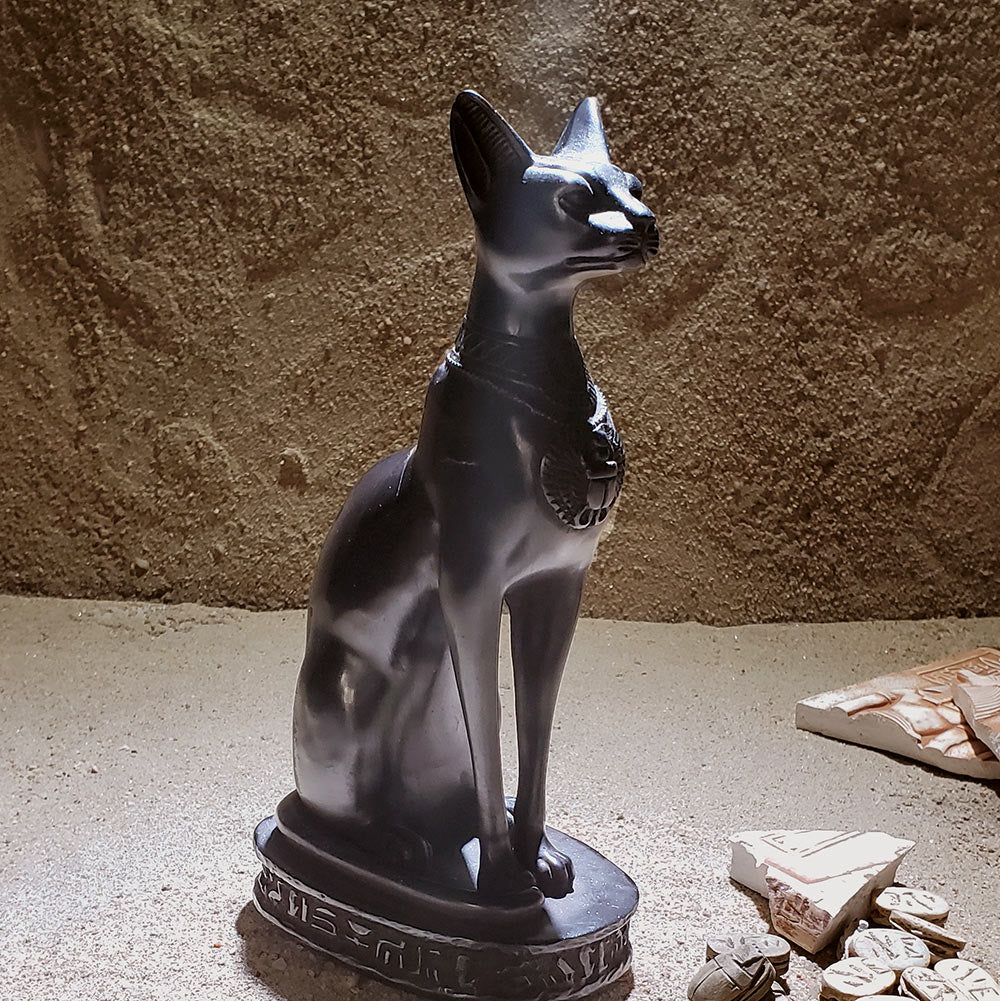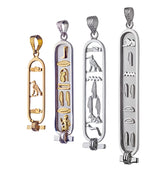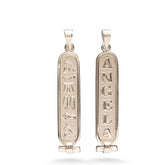Cairo's Museum of Islamic Art: A Journey Through Centuries of Artistic Heritage

Nestled in the heart of Cairo's historic Bab Al-Khalq district, the Museum of Islamic Art (MIA) stands as a beacon of cultural preservation and artistic excellence. Established in 1903, this institution is renowned for housing one of the world's most comprehensive collections of Islamic artifacts, offering visitors an immersive experience of the rich tapestry of Islamic civilization.
The MIA boasts an extensive array of over 100,000 artifacts, with approximately 4,500 items currently on display across 25 halls. These collections span from the 7th to the 19th century, encompassing regions such as Egypt, North Africa, Andalusia, the Arabian Peninsula, and Iran. Visitors can explore artifacts categorized by historical periods—Umayyad, Abbasid, Ayubid, Mamluk, and Ottoman. The collection features exquisite examples of metalwork, ceramics, glass, and textiles, illustrating the intricate craftsmanship and aesthetic sensibilities of Islamic artisans.

The Museum of Islamic Art in Cairo serves not only as a repository of artifacts but also as a testament to the rich and diverse heritage of Islamic civilization. Its extensive collections and historical significance make it an essential destination for anyone interested in the artistic and cultural achievements of the Islamic world.







